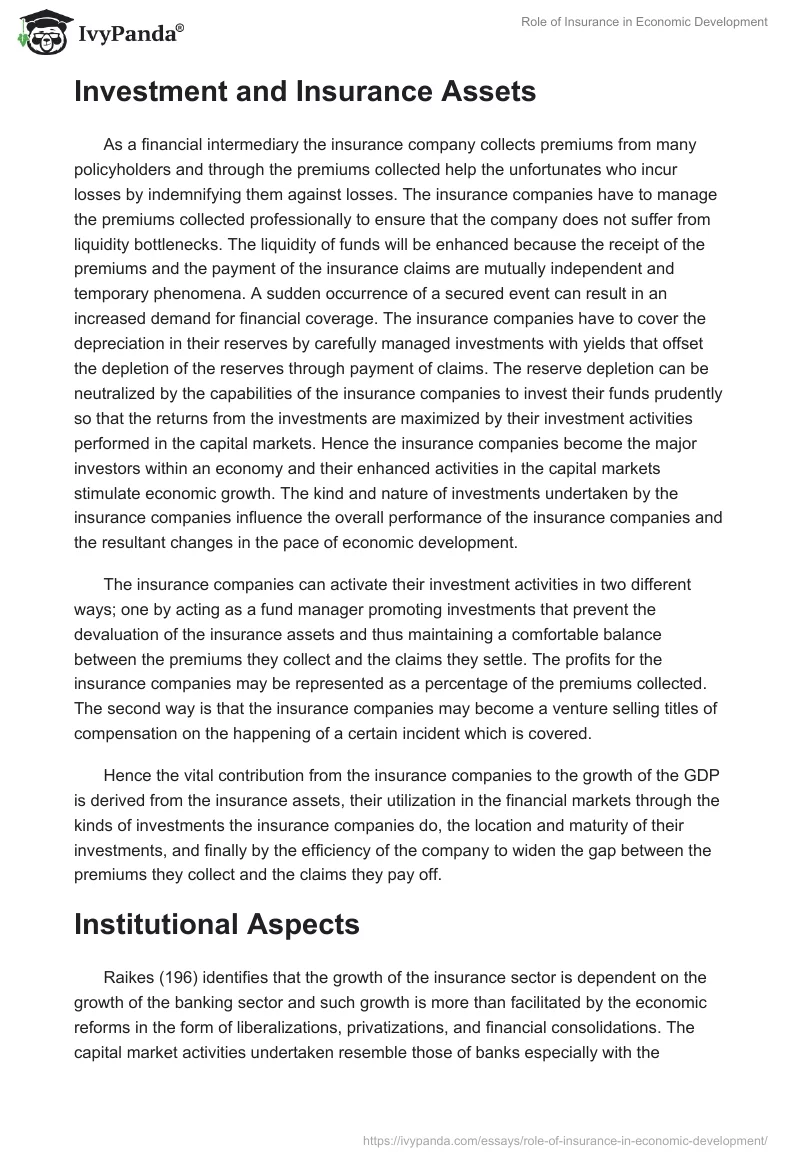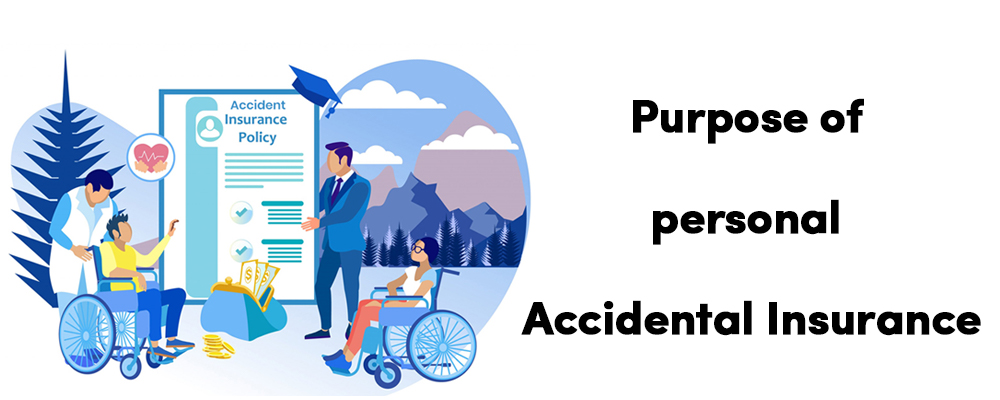What Does Pacific Prime Mean?
What Does Pacific Prime Mean?
Blog Article
Examine This Report on Pacific Prime
Table of ContentsThe Buzz on Pacific PrimeThe Pacific Prime StatementsOur Pacific Prime StatementsPacific Prime Fundamentals Explained4 Easy Facts About Pacific Prime Explained

This is since the information were accumulated for a period of strong economic efficiency. Of the estimated 42 million individuals that were uninsured, almost regarding 420,000 (concerning 1 percent) were under 65 years of age, the age at which most Americans end up being eligible for Medicare; 32 million were adults in between ages 18 and 65, around 19 percent of all adults in this age; and 10 million were children under 18 years old, regarding 13.9 percent of all kids (Mills, 2000).
These price quotes of the number of persons without insurance are generated from the annual March Supplement to the Existing Population Survey (CPS), carried out by the Demographics Bureau. Unless otherwise noted, national quotes of people without medical insurance and proportions of the population with various sort of coverage are based on the CPS, one of the most widely utilized source of price quotes of insurance policy coverage and uninsurance prices.
The Single Strategy To Use For Pacific Prime

Still, the CPS is specifically beneficial because it produces yearly price quotes fairly rapidly, reporting the previous year's insurance policy coverage approximates each September, and due to the fact that it is the basis for a constant set of estimates for more than twenty years, allowing for analysis of fads in coverage with time. For these reasons, in addition to the comprehensive use the CPS in various other researches of insurance protection that are presented in this record, we count on CPS quotes, with constraints noted.

The estimate of the number of uninsured individuals increases when a population's insurance policy status is tracked for several years. Over a three-year duration beginning early in 1993, 72 million individuals, 29 percent of the united state population, lacked protection for at the very least one month. Within a single year (1994 ), 53 million people experienced at the very least a month without protection (Bennefield, 1998a)
6 out of every 10 without insurance adults are themselves used. Working does boost the probability that one and one's household members will certainly have insurance coverage, it is not a guarantee. Also members of family members with 2 full-time breadwinner have practically a one-in-ten chance of being without insurance (9.1 percent uninsured price) (Hoffman and Pohl, 2000).
Not known Facts About Pacific Prime
New immigrants account for a significant percentage of people without health insurance. One analysis has Read Full Report actually attributed a considerable section of the recent development in the size of the U.S. uninsured populace to immigrants who got here in the nation between 1994 and 1998 (Camarota and Edwards, 2000). Recent immigrants (those that concerned the United States within the previous 4 years) do have a high price of being without insurance (46 percent), but they and their kids make up simply 6 percent of those without insurance coverage country wide (Holahan et al., 2001).
The connection between health insurance policy and access to care is well developed, as recorded later on in this phase. Although the relationship between medical insurance and health and wellness results is neither direct neither straightforward, a comprehensive scientific and health and wellness services research study literature links medical insurance protection to better accessibility to care, far better top quality, and enhanced personal and population health and wellness status.
Levels of evaluation for checking out the results of uninsurance. This conversation of health insurance policy coverage focuses primarily on the united state population under age 65 due to the fact that basically all Americans 65 and older have Medicare or various other public protection. It focuses especially on those without any type of health insurance policy for any type of size of time.
The Facts About Pacific Prime Uncovered
The troubles faced by the underinsured are in some respects similar to those faced by the without insurance, although they are usually much less extreme. maternity insurance for expats. Uninsurance and underinsurance, however, involve definitely different policy issues, and the methods for addressing them may differ. Throughout this research study and the five records to adhere to, the main focus is on individuals without any medical insurance and thus no help in paying for health and wellness care beyond what is available through charity and safety net institutions
Medical insurance is an effective variable impacting receipt of treatment since both clients and physicians respond to the out-of-pocket rate of services - https://www.webtoolhub.com/profile.aspx?user=42386420. Medical insurance, nevertheless, is neither required nor enough to acquire access to medical solutions. However, the independent and straight impact of health and wellness insurance coverage on accessibility to wellness solutions is well established.
Others will certainly obtain the healthcare they need also without health and wellness insurance coverage, by paying for it expense or seeking it from suppliers who supply treatment totally free or at very subsidized rates. For still others, medical insurance alone does not ensure invoice of care due to other nonfinancial obstacles, such as an absence of health treatment companies in their area, minimal accessibility to transport, illiteracy, or linguistic and social distinctions.
The Single Strategy To Use For Pacific Prime
Official study about uninsured populations in the USA dates to the late 1920s and early 1930s when the Committee on the Price of Medical Treatment created a series of records concerning financing doctor workplace gos to and hospitalizations. This problem ended up being significant as the varieties of clinically indigent climbed up during the Great Depression.
Report this page